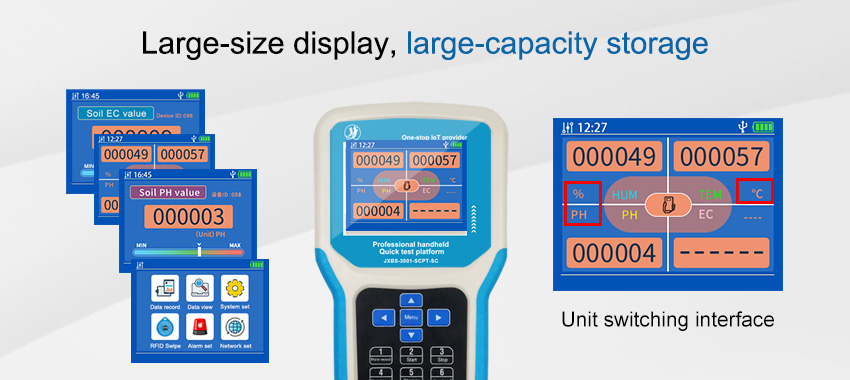Introduction Sustainable farming has become a critical issue in recent years, as the global population continues to grow and put increasing pressure on our food supply. In order to meet the demands of a growing population while also preserving the environment, farmers are turning to new technologies to improve their farming practices. One such technology that has shown great promise in sustainable farming is soil sensors. These sensors provide farmers with valuable data about the condition of their soil, allowing them to make more informed decisions about irrigation, fertilization, and crop management. In this article, we will explore the impact of soil sensors on sustainable farming, and how they are revolutionizing the way we grow our food.

The Importance of Soil Health Before we delve into the impact of soil sensors
it is important to understand the significance of soil health in sustainable farming. Healthy soil is the foundation of a successful farm, as it provides the essential nutrients and water that crops need to thrive. However, maintaining soil health is a complex and delicate process, as it requires a careful balance of nutrients, water, and microbial activity. Without proper management, soil can become depleted of nutrients, prone to erosion, and susceptible to disease. This not only affects the quality and yield of crops, but also has long-term implications for the environment, as degraded soil can lead to water pollution and loss of biodiversity.
The Role of Soil Sensors Soil sensors are a game-changer for sustainable farming
as they provide farmers with real-time data about the condition of their soil. These sensors are typically placed in the ground at various depths, where they can measure important parameters such as moisture levels, temperature, and nutrient content. This data is then transmitted to a central system, where it can be analyzed and used to make informed decisions about irrigation, fertilization, and other farming practices.
One of the key benefits of soil sensors is their ability to provide farmers with a more accurate picture of their soil health. By monitoring moisture levels, for example, farmers can avoid over-irrigating their fields, which not only saves water but also prevents soil erosion and nutrient leaching. Similarly, by monitoring nutrient content, farmers can ensure that their crops are receiving the right amount of nutrients, reducing the need for excessive fertilization and minimizing the risk of nutrient runoff into waterways.
In addition to improving soil health
soil sensors also have the potential to increase the efficiency and productivity of farms. By providing farmers with real-time data, these sensors allow for more precise and targeted farming practices. For example, instead of applying a uniform amount of water and fertilizer to an entire field, farmers can use soil sensors to identify areas that require more or less input, leading to more efficient resource use and higher crop yields.
Challenges and Opportunities While soil sensors hold great promise for sustainable farming, there are still challenges that need to be addressed in order to fully realize their potential. One of the main challenges is the cost of implementing soil sensor technology, which can be prohibitive for small-scale farmers. Additionally, there is a need for more research and development to improve the accuracy and reliability of soil sensors, as well as to develop user-friendly systems that are accessible to all farmers.
Despite these challenges
there are also significant opportunities for the future of soil sensors in sustainable farming. As technology continues to advance, we can expect to see more affordable and user-friendly soil sensor systems that are accessible to a wider range of farmers. Furthermore, the data collected from soil sensors has the potential to inform broader agricultural practices, such as precision agriculture and climate-smart farming, which can further enhance the sustainability of our food production systems.

Conclusion In conclusion, soil sensors are a powerful tool for sustainable farming, providing farmers with valuable data about the condition of their soil and enabling more informed and efficient farming practices. By improving soil health, increasing productivity, and reducing environmental impact, soil sensors have the potential to revolutionize the way we grow our food. As we continue to invest in research and development, and work towards making this technology more accessible to all farmers, we can expect to see even greater benefits for sustainable farming in the years to come. Beneath the surface of our farms, soil sensors are quietly but profoundly shaping the future of agriculture.
